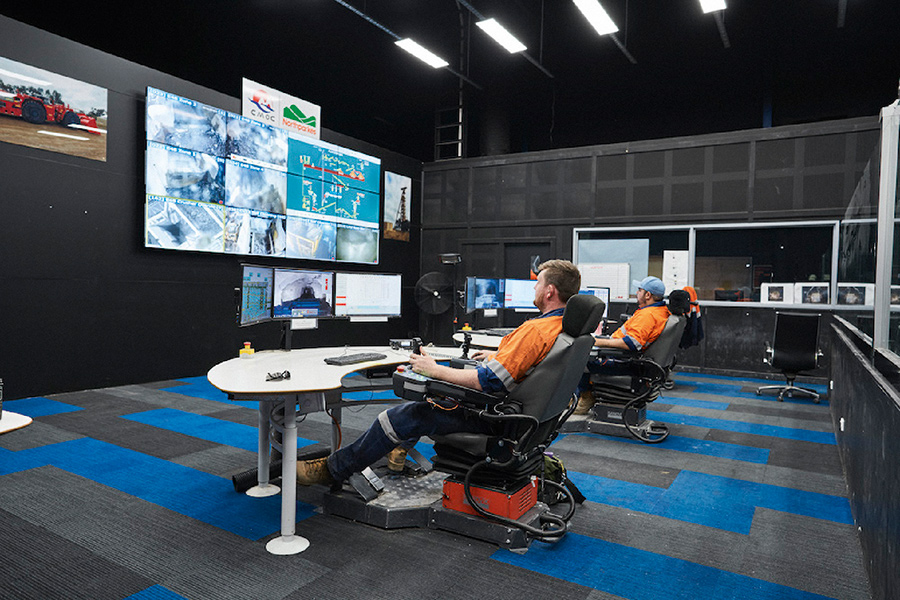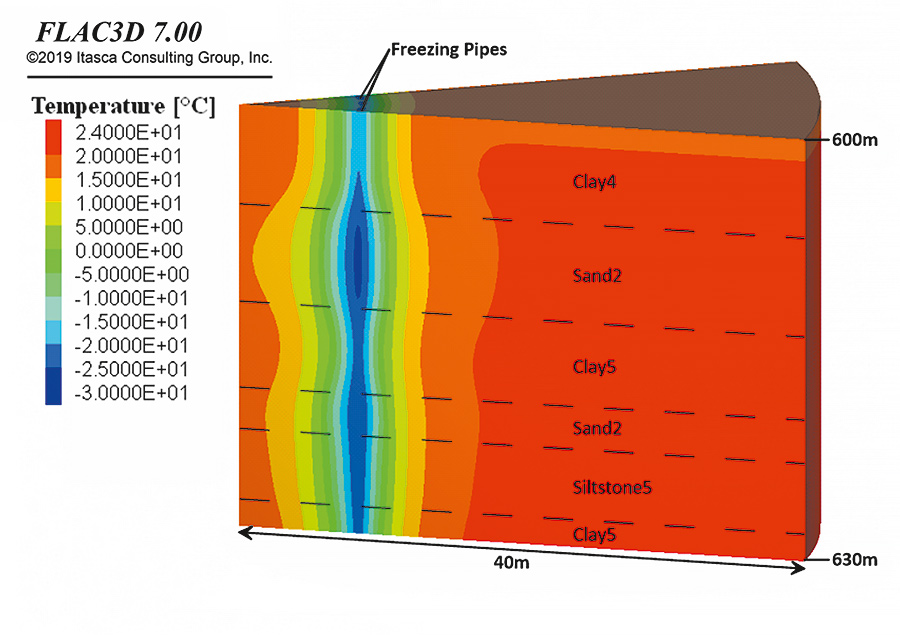As in 2019, high-performance mining will once again be one of the keynotes featured in this year’s series of Mining Report Glückauf (MRG) publications. Like other sectors, such as the automotive, chemicals and energy supply industries, mining has been going through the fourth industrial revolution in recent years. Here the theme of “sustainability” is set to play a major role alongside other issues associated with the ongoing development of engineering expertise and technologies. High-performance mining focuses on man and the environment and examines how these two factors interact with engineering know-how. The mining industry has of course also set itself the aim of giving companies a clear direction … Read more
With my best regards // Mit freundlichem Glückauf
Dipl.-Ing. Andreas-Peter Sitte
Chief Editor Mining Report Glückauf, Essen
Ongoing Post-Mining Deficiencies in Raw-Materials Policy and the Repurposing of Mining Infrastructure

Fig. 1. UN Sustainable Development Goals. // Bild 1. UN Sustainable Development Goals. Source/Quelle: UN
Author: Prof. Dr. Kai van de Loo, Forschungszentrum Nachbergbau (FZN), Technische Hochschule Georg Agricola (THGA), Bochum/Germany
Read morePositions and Demands of the German Extractive Industry for the 2021 National Election in Germany
Raw material extraction in Germany is in need of support to ensure a secure, responsible and sustainable supply of raw materials. The entire range of raw materials must be considered. The coronavirus pandemic has clearly revealed just how important it is to have a secure supply of products from within our own country. Germany is independent of imports, above all with respect to the products relevant for the system that are produced here.Authors: Dr. Ludwig Möhring, Hauptgeschäftsführer, und Ulrike Drachsel, Leiterin Hauptstadtrepräsentanz & CSR, Bundesverband Erdgas, Erdöl und Geoenergie e. V. (BVEG), Hannover, Christoph Wehner, Hauptgeschäftsführer, und Dr. Björn Knudsen, Geschäftsführer, Verband der Kali- und Salzindustrie e. V. (VKS), Berlin, Dr. Thorsten Diercks, Hauptgeschäftsführer, und Dr. Martin Wedig, Geschäftsführer, Vereinigung Rohstoffe und Bergbau e. V. (VRB), Berlin
Read moreHow Long Can Mining Operations Still Afford not to Automate? – An Assessment

Fig. 2. CMOC control room for LHD automation (3). // Bild 2. CMOC Grubenwarte für Laderautomatisierung (3).
Author: Dipl.-Ing. André Jakobs, Business Development and Account Director Northern Europe, Sandvik Mining and Rock Technology, Essen/Germany
Read moreNumerical Simulation of Shaft Sinking Using the Artificial Freezing Method

Fig. 7. Temperature propagation at a specific depth of the 3D numerical model. // Bild 7. Temperaturausbreitung in einer bestimmten Tiefe des numerischen 3D-Modells. Source/Quelle: ITASCA
Authors: Nils Ehringhausen, M.Sc., Dr. Gregor Schweppe, Dr. Lothar te Kamp, Ivan Akinshin, M.Eng., ITASCA Consultants GmbH, Gelsenkirchen/Germany
Read moreApplications of Industrial Computed Tomography in the Mining Sector

Fig. 2. 3D visualisation of a gold ore sample from the Porgera gold-silver mine, Papua New Guinea (sample diameter approximately 7 cm). The yellow phase represents native gold. Note its skeletal texture. The blue coloured phases represent non-differentiated sulfides. Gangue material is shaded in light grey. Source: MRE
Authors: Leonard Krebbers M.Sc., Dr. rer. nat. Ramil Gainov, Univ.-Prof. Bernd G. Lottermoser Ph.D., Dr. rer. nat. Stephanie Lohmeier, Dr.-Ing. Alexander Hennig, Institute of Mineral Resources Engineering (MRE), RWTH Aachen University, Aachen/Germany
Read moreResponsible Development: Matawinie Mining Project Model

Fig. 1. Matawinie graphite project – exploration overview map. // Bild 1. Matawinie-Graphitprojekt – Übersichtskarte. Source/Quelle: NMG
Authors: Martine Paradis M.Sc., David Lyon B.Sc., Frederic Gauthier, Benoit Ouellet and Eric Desaulniers M.Sc., Nouveau Monde Graphite, Saint-Michel-des-Saints, Québec/Canada, Ann Lamontage Ph.D., Lamont, Lac-Beauport, Québec/Canada, Kevin Morin Ph.D., Minesite Drainage Assessment Group, Surrey, British Columbia/Canada
Read moreThe German Lignite Industry in 2020

Fig. 1. The role of lignite in Germany’s energy economy 2020; position: March 2021. // Bild 1. Die Rolle der Braunkohle in der Energiewirtschaft Deutschlands im Jahr 2020; Stand: März 2021. Source/Quelle: AG Energiebilanzen und BDEW
Authors: Dipl.-Volkswirt Uwe Maaßen, Geschäftsführer Statistik der Kohlenwirtschaft e. V., Bergheim, Dr. rer. pol. Hans-Wilhelm Schiffer, Member of the Studies Committee, World Energy Council, London/UK und Lehrbeauftragter für Energiewirtschaft an der RWTH Aachen, Aachen/Germany
Read more















